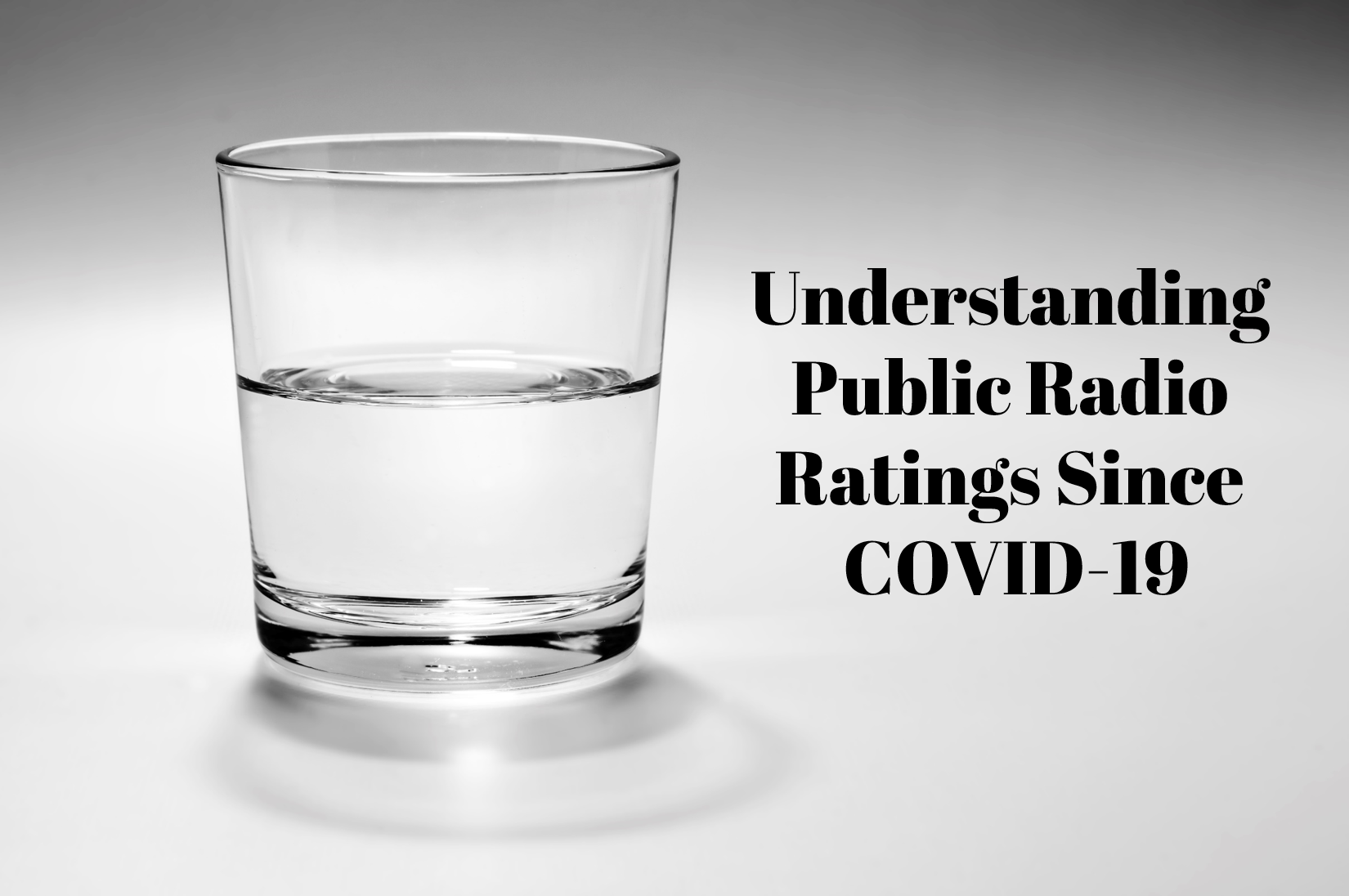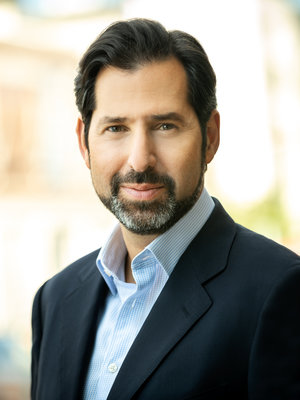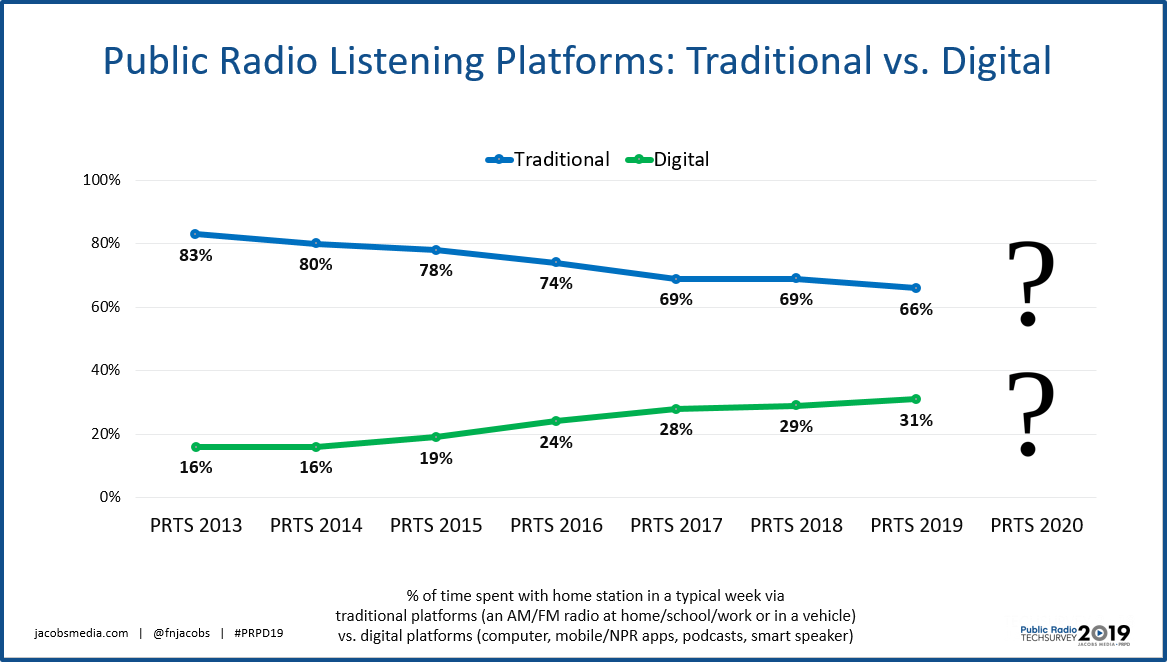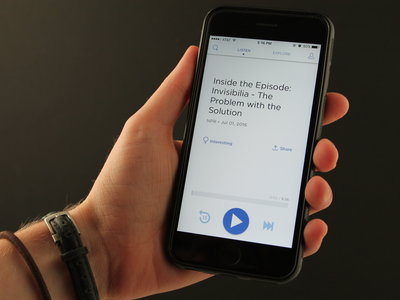 There have been myriad challenges radio broadcasters have had to wrestle with these past few months – the sales crisis, keeping stations on the air as air talent and other employees are working from home, and staffers coping with their own health, as well as the welfare of their families.
There have been myriad challenges radio broadcasters have had to wrestle with these past few months – the sales crisis, keeping stations on the air as air talent and other employees are working from home, and staffers coping with their own health, as well as the welfare of their families.
But perhaps the biggest hurdle has revolved around listening levels – better known as radio ratings. As stay-at-home orders swept the country in March and continued for weeks on end, the roads, highways, and freeways became lightly traveled. And because of broadcast radio’s connection to in-car consumption, just about every station in cities hard hit by COVID-19 suffered precipitous cume losses, coupled with the erosion of time spent listening.
As we’ve consistently covered in our two COVID-19 surveys among core radio listeners in April and again in May, “remote working” has taken its toll on many stations, as commuting has fallen to perhaps its lowest point of all time. Nielsen assures us the numbers are coming back as more consumers are venturing out, eating out, working out – and yes, returning to work.
Industry analysts have spent considerable time and effort studying what public radio researcher, George Bailey, calls a “natural field experiment.” Now, we know the true impact of the commute on radio – especially during drive time – and it’s not been pretty.
Throughout COVID-19, all signs point to the inescapable ratings trends showing NPR news stations – local public radio stations that specialize in news, talk, and that carry programs including “Morning Edition” and “All Things Considered – have generally performed very well. In some cases, really well.
In markets as diverse as Austin, Washington, D.C., Portland, San Francisco, these stations have been finishing in the upper regions of the ratings among all respondents 6+. In many other markets, public radio stations are more competitive than ever.
And yet, earlier this week, the negative headlines about public radio ratings made the radio industry trades, as well as the mainstream media, suggesting the COVID-19 effect on NPR, in particular, has been devastating.
Perhaps the toughest story title I saw was this one:

Ouch.
And who would run such a negative headline about one of the strongest news brands in the U.S. and around the world? Fox News? The Wall Street Journal.
No, it was NPR.
In a story written by David Folkenflik, their brilliant media correspondent and host of “On Point,” public radio’s COVID-19 ratings journey is under the microscope.
And at the end of the story there’s a disclosure that reminds readers that “under the network’s protocols for covering itself, no corporate officials or news executives reviewed this story before it was published.”
I would think not. Only NPR would cover itself this way, but this is one of the reasons why this news organization has earned a well-deserved reputation for objectivity and credibility.
For the story, Folkenflik interviewed NPR research maven, Lori Kaplan, while quoting its CEO, John Lansing.
He pointed out how broadcast ratings for NPR shows have taken a major hit this spring, due mostly to the pandemic, remote work, and of course,

fewer commuters. Note I italicized “broadcast,” because that’s a big part of the story.
Noting that NPR shows lost about a quarter of their listenership during this period, Folkenflik does point out how the rest of the broadcast radio world has suffered similar, if not steeper declines. Relative to many other radio outlets in markets around the country, public radio ratings have been solid, and in some cases, spectacular.
But the WFH effect has taken its toll, and the decline in commuters means habitual listening for NPR’s drive time news magazines took a hit.
It takes a while for Folkenflik to get to “the rest of the story,” and it’s a theme you’ve read here many times. While public radio has endured losses in broadcast listening, the shift (and that’s a key word) to digital has accelerated, thanks in no small part to COVID.
Researcher Kaplan explained it this way:
“This kind of change was going to take place over the next decade, but the pandemic has shown us what our future is now.”
We’ve been tracking this same shift in our Public Radio Techsurveys for well more than a decade. Our survey is conducted among core listeners to NPR and other public radio programs.
Going back seven years, this chart says it all:

“Traditional” means listening to public radio on a “regular radio,” and of course “digital” refers to streams on any device, as well as content like public radio podcasts.
PRTS 2020 comes out of the field on Monday, so that why you see those ominous question marks for the new survey. Far be it from me to try to predict the results before the “polls are all closed.” But I have spent time looking over Jacobs Media research director Jason Hollins‘ shoulder, and it appears this trend will continue – if not accelerate when this year’s results are released later this summer.

Folkenflik notes how 57 million listeners now consume some NPR content on a weekly basis on both terrestrial and digital platforms – up 10% from 2019. Traffic to NPR.org has risen a whopping 76%.
Another key “shift” taking place here, especially among public radio fans, revolves around the podcasting trend. When we compare commercial radio fans to their counterparts who enjoy NPR programming, it’s no contest. Public radio fans are far more likely to enjoy on-demand audio – better known as podcasts.
And why not? Some of the best and most popular podcasts in the marketplace are produced by members (or lapsed members) of the public radio community.
Pre-COVID, NPR CEO Lansing predicted NPR podcasting revenue would out-perform broadcast billing. And that trend will obviously accelerate, thanks to the effects of the pandemic on advertising.
One more shift is worth noting as well. It is admittedly more subtle, and a bit more precarious. And that’s how younger consumers have gravitated to public radio – not necessarily on the radio – but in the form of podcasts, as well as streams, on smartphones, smart speakers, and other devices. This has been underway since at least 2016. And the fierce news cycle since then (and yes, there’s an election coming up) has made public radio listening essential for consumers of all ages.
In PRTS 2019, 16% of our core public radio listeners told us their consumption increased year-to-year (versus 8% who told us it has decreased). When we asked that group to tell us the main reasons for their rising listenership, here’s what we saw:

Nearly four in ten (39%) tell us a main driver for public radio listening increases is the fact this content is now accessible on multiple platforms and devices. And when we drilled down into generations, it was the #1 factor that explained why Millennials have been spending more time with NPR-type stations.
Public radio in general, and NPR specifically, have been working on their digital content and distribution for years. They had one of the first apps for the iPad, their NPR One app continues to be the only one of its kind in radio, while daily news podcasts like “NPR New Now” and “Up First” have had a significant impact.
For public radio (and all of radio, for that matter), the demographic shift is especially important to the survival of the system and its ability to remain a major player among news organizations. That’s because the generations play an important role when it comes to financial support. Most of the contributions made by “members” of the general population still reliably come from Baby Boomers – and beyond. That continues to be a balancing act public radio’s leaders will continue to face, especially as the economy inevitably is roiled by COVID.
So, for public radio, is it a matter of the glass being half empty – or half full?
And to that I offer a resounding and definitive “YES.”
- What To Do If Your Radio Station Goes Through A Midlife Crisis - April 25, 2025
- A 2020 Lesson?It Could All Be Gone In A Flash - April 24, 2025
- How AI Can Give Radio Personalities More…PERSONALITY - April 23, 2025




Thanks for covering this important topic, Fred. I, too, enjoy Mr Folkenflik’s reports on the media and NPR and had read the one you refer to. By coincidence, I myself responded to the 2020 PRTS a few days ago (from one of several NPR stations I follow); and what I found frustrating was the questions they didn’t ask.
Mainly, there was no direct inquiry into why the listener chooses one path (eg, terrestrial broadcast) over another (eg, streaming, podcast). Wouldn’t this be illuminating information? How can they not want to know this?
For instance, I live in New England but have a second home in Florida. When I’m not at home, I like to keep up with my home state remotely, and the digital products are what enable me to do so. (The reverse also applies, of course.) Another example: Broadcast signal quality can be variable if like me you’re a bit distant from the transmitter, and on days when the over-the-air signal is sketchy I have the digital alternative to listen to, albeit via the less robust, less convenient infrastructure we call the internet. And a third: When my local public radio network is unnecessarily (because I’m a subscriber) interrupting my serving of news because of a pledge drive, I can catch what I’m missing from the NPR program in another state. Most recently, I found Wyoming useful for this purpose. A few years ago this would have been impossible.
I can’t be the only listener making such choices, yet PRTS captures none of this information. They need to wake up.
Well, given that I’m chief designer of PRTS, you’ve got my attention. I appreciate this feedback. We have a LOT of ground to cover in this survey – too much – and we have one shot a year at bringing 50+ public radio stations together to tap into their email databases. I’m very sensitive to the time. I will share these comments with our research director, and see if we can’t figure out a way to incorporate them. Appreciate the comment.
This “maven’ appreciates your POV. It did take him awhile to get to the ‘good’ side of the story. As our CEO says, this moment is a gift if we choose to take it.
Ratings always tell a double-edged story. And thanks to COVID, and the shifts that were already taking place, it’s complicated. This moment is a gift, and NPR (and the rest of “the system”) is well-positioned to come out stronger on the other side. Stay safe.